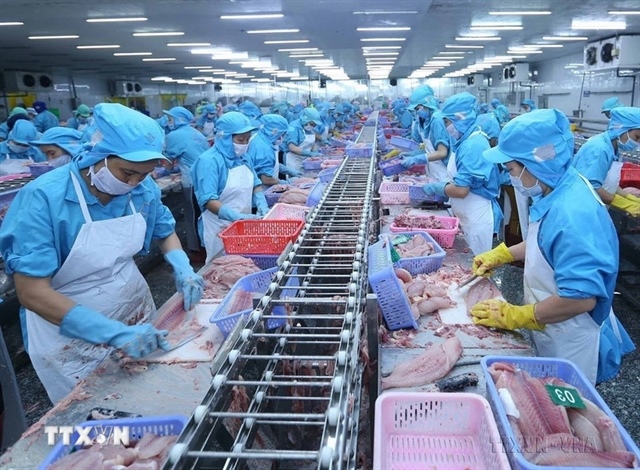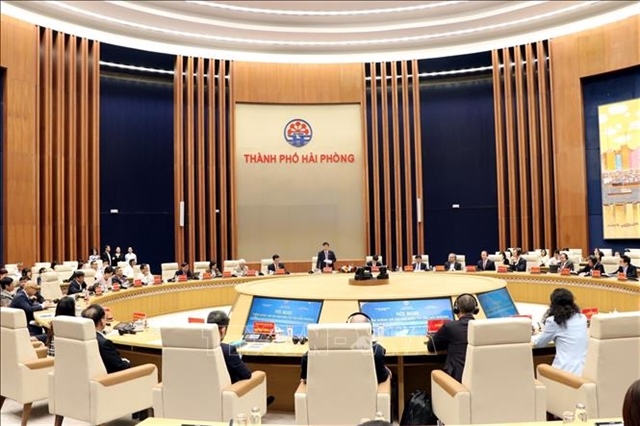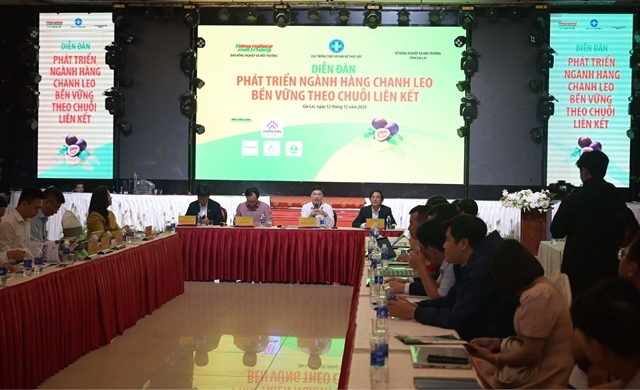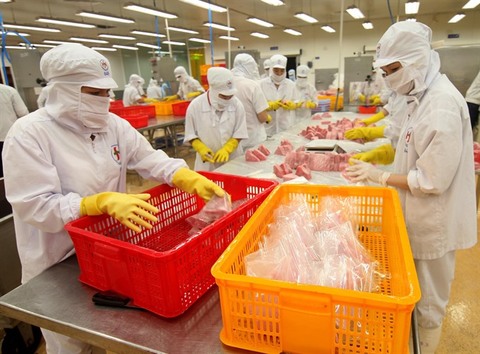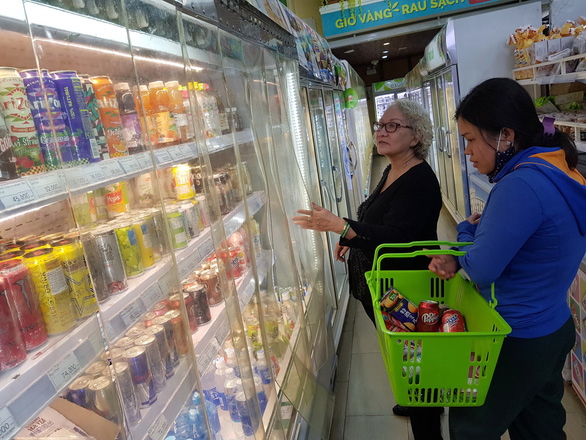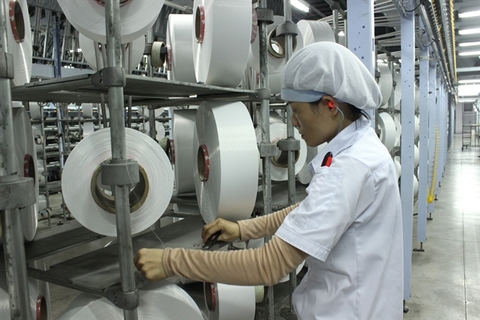Foreign language labels on chopping block for locally consumed goods
Foreign language labels on chopping block for locally consumed goods
Locally made products being traded on the Vietnamese market may not be allowed to bear labels written in foreign languages, according to a draft circular prepared by the Ministry of Industry and Trade.
At a press briefing to introduce the draft circular, stipulating the requirements for labeling products of Vietnam and those made in Vietnam, Deputy Minister of Industry and Trade Tran Quoc Khanh said that for products made and traded on the local market, the mandatory language for their labels is Vietnamese, Tuoi Tre Online newspaper reported.
Both the producers and the buyers of these products are Vietnamese, so it is unnecessary to use a foreign language.
Multiple regulations on product origins have been issued, Khanh said. However, these regulations are applied to imports and exports to help them enjoy tax incentives, based on the free trade agreements Vietnam has signed, according to news site Vietnamplus.
Meanwhile, products traded on the domestic market are labeled “Product of Vietnam” or “Made in Vietnam,” and there are no regulations in place to ensure that these products are really Vietnamese or made in Vietnam, which confuses producers.
If imported products bear labels indicating that they are Vietnamese goods, the competent agencies can ask the importers of these products to prove the goods’ origins before allowing them to enter the country.
Products are considered to have originated in Vietnam if they are completely produced in Vietnam or if they are not completely produced in the country but their final processing phase was done in Vietnam, changing their basic characteristics, explained Phan Van Chinh, head of the Import and Export Department at the Ministry of Industry and Trade.
Also, enterprises will not be allowed to use the “assembled in Vietnam,” “processed in Vietnam” or “designed by Vietnam” labels.
According to the draft circular, products that are deemed to be Vietnamese must have a localization rate of at least 30%.
Khanh confirmed that regulations in the draft circular would not increase costs for enterprises.


